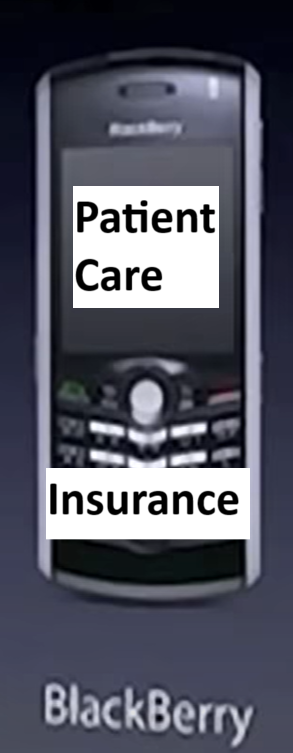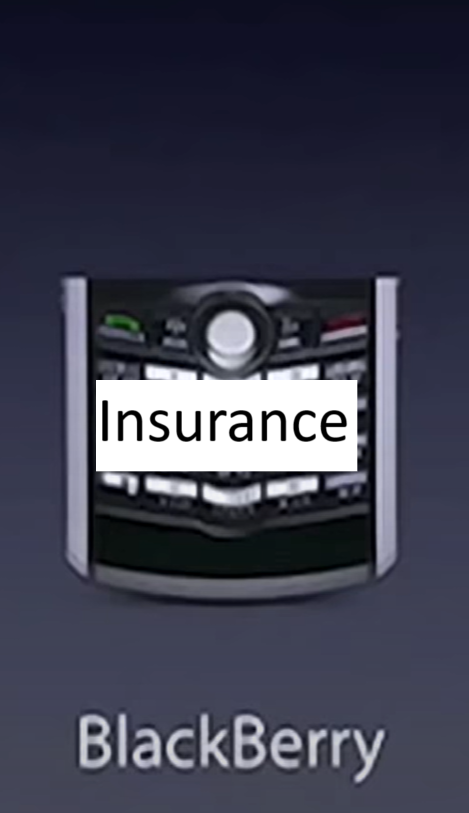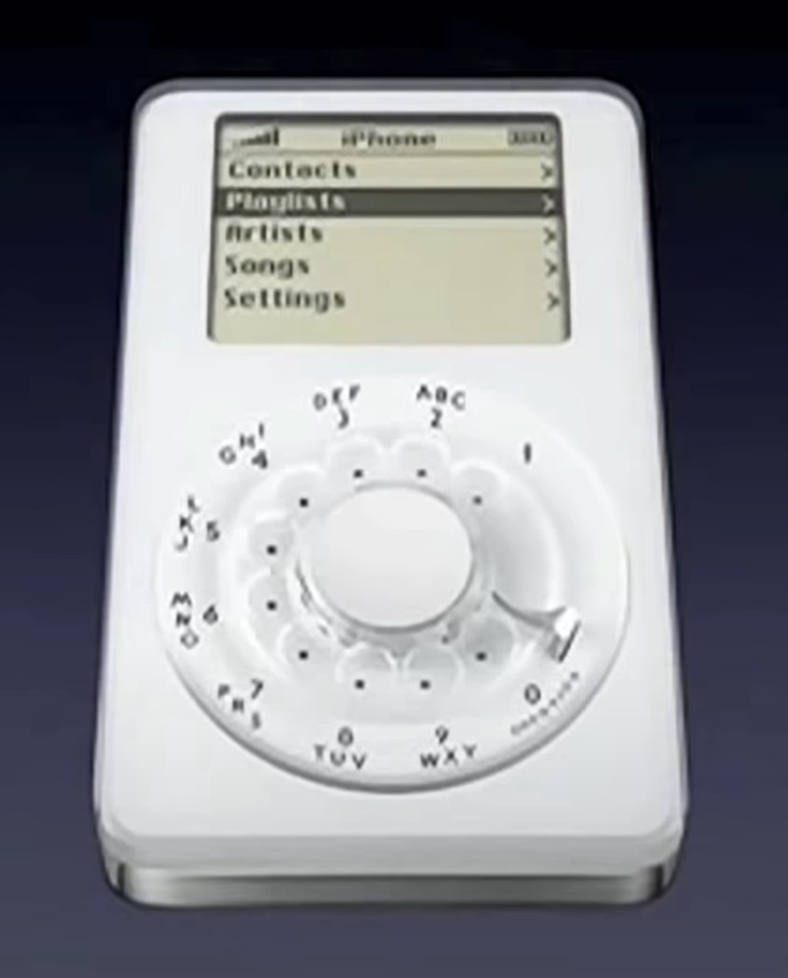

Most people still remember sliding or flipping open cell phones to use them, and how less functional they were back then (and even having to specify cell phone rather than just saying phone). Nowadays, the phone has transformed into a portable supercomputer. One of the defining moments in the transition between realities was Steve Jobs’ introduction of the iPhone in 2007. Watching the event today may seem comical to some, especially when the audience oohs and aahs at something as simple as the touchscreen function, but at the time, the launch was nothing short of extraordinary. As Jobs reveals the iPhone and talks about its conception, there are similarities to how DPC has changed our healthcare system.
3-in-1
Jobs opens by teasing 3 new products: a widescreen iPod, a mobile phone, and an internet device, which he then reveals are actually a single product. Healthcare has an Iron Triangle which consists of cost, access, and quality, with changes in each leg affecting the other two. Experts suggest a health solution can only optimize for two of the legs at the expense of the third. DPC has broken the Iron Triangle as a 3-in-1 model which improves access, provides high quality care, and reduces costs.
Making Smart Smart
After revealing the 3-in-1 iPhone, Jobs moves on to talk about smartphones on the market in 2007 and why they weren’t smart. He lays out a chart where regular phones aren’t smart and smart phones aren’t easy to use, nor are they really that smart. His general critiques carry over to describing “value-based care” models pretty well. Fee for service certainly isn’t smart, that’s a given, but it’s easy and widely accepted. Value based care models on the other hand claim to be the breakthrough in primary care. While most models beat out fee-for-service, they are overly complicated to the point where doctors who practice in value-based models often don’t even know they are in them.
Solving the Right Problem
To illustrate the main problem with the smartphones of his time, Jobs puts up a picture of the top smartphones. Here’s a screenshot of the most recognized brand from the time.


He then highlights the problem:


How does this apply to primary care? Here’s what most primary care looks like.


And just like 2007 smartphones, where lies the problem?


As a joke, Jobs showed the monstrosity below when he revealed the iPhone as a single device.


The top half wasn’t any better, the bottom was even more complicated when it was the part he knew should be removed. Jobs knew this device was a joke, but unfortunately in healthcare, every new “innovative” plan looks like this. Relating to primary care, every reform based around insurance reimbursement will completely miss the point, complicating the buttons when the true fix requires complete removal of them.
Before 2007, all phones had buttons, that’s just how phones worked. Today, of course phones don’t have buttons, that’s just how they work. Similarly, pre DPC, primary care required insurance, that’s how it worked. In the DPC era, true primary care requires no insurance because that’s just how it works.
Watch the 2007 launch of the first iPhone